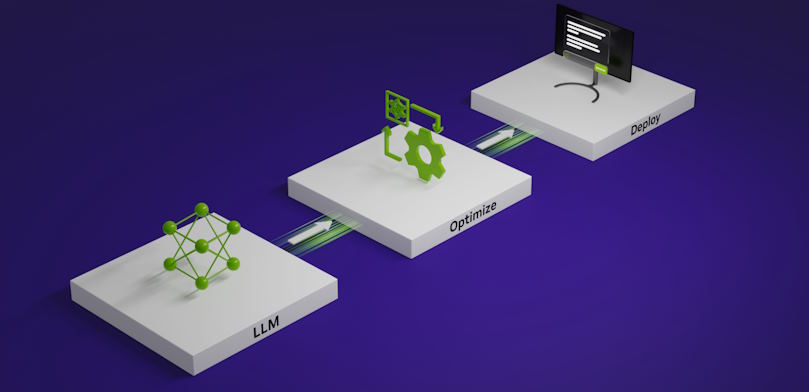Performance Tuning Techniques for Optimising Software Architecture
Performance tuning is an essential aspect of software architecture, forthcoming for ensuring applications run efficiently, reliably, and quickly. This article includes enhancing software architecture for peak performance and operation.
Profiling and Benchmarking
The first step in performance tuning is identifying performance bottlenecks. It is profiling and benchmarking, where various aspects of the system, such as memory usage, CPU utilisation, and response times, are measured under different conditions. Tools can be used for this purpose, offering insights into areas that require optimization.
Code Optimization
The efficiency of the underlying code influences software performance. Optimising algorithms, removing unnecessary computations, and refining logic can significantly improve and to achieving optimal performance through software architecture design. Code refactoring to simplify complex methods, reducing nested loops, and optimising data structures are standard practices in this regard.

Database Optimization
Databases are often the bottleneck in software applications. Optimising database queries, indexing, and proper database normalisation can drastically enhance performance. Additionally, considering caching strategies for frequently accessed data reduces database load and improves response times.
Caching Mechanisms
Implementing caching can significantly improve the designing software architecture to handle growing workloads. Caches store previously fetched data, reducing the need to re-fetch or recompute data. However, it’s crucial to determine what data to cache and for how long to balance between memory usage and performance.

Asynchronous Processing
Asynchronous approaches can help with operations that do not require immediate processing. This approach allows the system to remain responsive while handling background tasks, improving overall user experience.
Scalability
Performance tuning should also consider scalability. Ensuring that the architecture can handle increased loads by scaling horizontally (adding more nodes) or vertically (upgrading existing hardware) is essential for sustainable performance.
By focusing on profiling, code optimization, database tuning, efficient resource use, caching, asynchronous processing, and scalability, developers can significantly enhance the performance and reliability of their software, ensuring a smooth and efficient user experience.






























